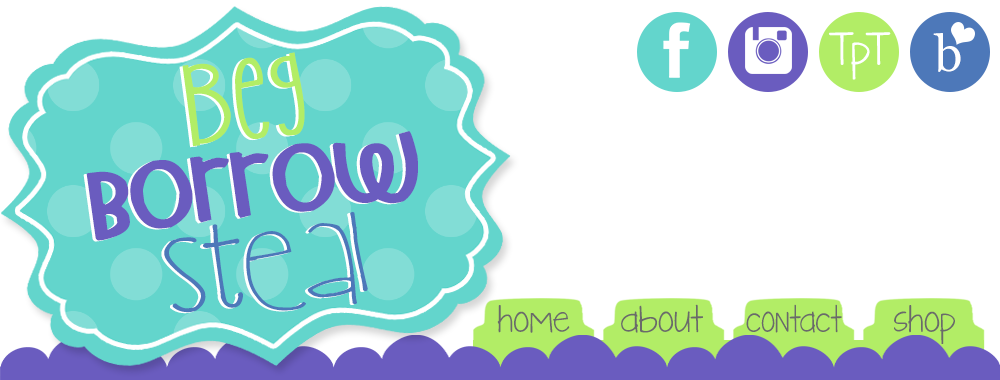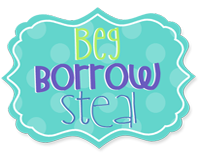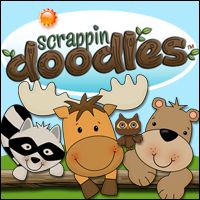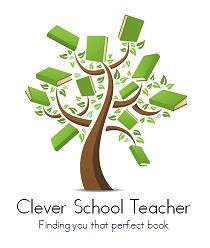Reading Fluency: What is it?
As your Kindergartner begins learning the High Frequency Words, the exciting thing is that a whole new world suddenly 'opens up'—that of reading! A variety of books written by authors such as Dr. Seuss, make reading exciting for beginning readers. All of that work in learning those High Frequency Sight Words is now beginning to pay off and have a purpose. Ahhh… The next step is to develop what is called Reading Fluency. What is reading fluency? In a nutshell, it is three things:
The next step is to develop what is called Reading Fluency. What is reading fluency? In a nutshell, it is three things:
- Accuracy & Automaticity: reading words like the High Frequency Words automatically while reading text
- Rate: reading at a smooth and steady speed
- Prosody: reading with 'feeling' (using appropriate intonation, pauses, etc. when reading aloud)

So, children who have developed reading fluency gain reading comprehension! Fluent readers do not have to concentrate on decoding words and can focus on what the sentence means instead of the laborious task of figuring out each word. The reader can connect the ideas that are in the words! Wow!
Does reading fluency ensure comprehension? No, of course not. It can definitely help, though, because without fluency, comprehension is going to become difficult (think of it this way: if you can't read a passage, will you be able to figure out what was in it?). Does knowing just the High Frequency Sight Words ensure comprehension? Absolutely not! How about being able to decode words? Nope. So, what can we do to help children develop reading fluency? Read on…
 First, know that reading fluency takes T-I-M-E. It develops gradually and won't happen overnight. And, it requires PRACTICE…regular practice. Just like learning to walk or drive or anything else, regular practice is critical. And, there are many ways to go about the practice and no one way is going to be THE way either. The following are things that can be done at home. Your child's teacher can provide others and will also be using methods at school.
First, know that reading fluency takes T-I-M-E. It develops gradually and won't happen overnight. And, it requires PRACTICE…regular practice. Just like learning to walk or drive or anything else, regular practice is critical. And, there are many ways to go about the practice and no one way is going to be THE way either. The following are things that can be done at home. Your child's teacher can provide others and will also be using methods at school.*IMPORTANT NOTE: Do NOT force your child nor expect your child to become a FAST reader. Speed is not the most important component of reading fluency! Reading fluency is not a contest!
Home Practice Activities for Reading Fluency
- Word List Practice: Print out a copy of your child's High Frequency Sight Words. Using a timer or stopwatch, have your child read the words aloud for one minute. Say, "STOP" when the one-minute time is up. Count the number of words that were read correctly. Graph the number. Do this every day, graphing the number of words that were correctly read in one minute. Later, revise the list so the words are in a different order and do it again.
- Word Phrase Practice: Just like with the Word List Practice, print out a copy of the Word Phrase List. Have your child read the phrases, timing the reading for one minute. Count up the number of words that were read correctly. Graph the number. Do this every day.
- Read a Poem: Find a poem (some of my faves poems by: Shel Silverstein, Dr. Seuss, Robert Louis Stevenson, Jack Prelutsky, Mother Goose, …). First, the adult reads it aloud, demonstrating how a fluent reader sounds. Then, have the child read it. Read it together for the 3rd time. Read this same for every day for one week. Find a new poem the next week and repeat.
- Read a Story: Find an easy-to-read story that is at your child's reading level. The adult reads the story first, demonstrating how a fluent reader sounds. Then, have the child read it. Each day for one week, repeat this activity. Switch to a new book.
- Books on Tape/MP3 player/CD: Find a book and and read it, recording the reading onto a tape/MP3/CD. The child can now read along using the book and listening to the story being read by a fluent reader. As the child follows along, reading either aloud or silently, he/she is able to see and hear the words. The child should read with the book for one week. Record a new book for the next week.










No comments:
Post a Comment
I {puffy heart} comments!!!!